Science Illustrated delivers natural science, break through discoveries and an understanding of the world for the entire family. Packed with stunning photography and in-depth editorial it’s a visually spectacular gateway to the world looking into the beginning of life to distant objects in the universe.
Science Illustrated
Compressed air: two sonic shock waves in collision
Bee picture: World’s biggest bee fights termites in trees
Steam-powered space probe to jump through the Solar System • Scientists leverage old technology to make one of their major dreams come true: a space probe that might find fuel anywhere and so never exhaust its power supplies.
Plants decontaminate indoor climate
SCIENTISTS REVIVE MAMMOTH CELLS AND SPEAKING OF MAMMOTHS… • Japanese scientists have extracted cell nuclei from the bone marrow of a 28,000-year-old mammoth and inserted them into mouse egg cells. Subsequently, they observed that the cell nuclei showed signs of division, but they were too damaged to complete the process. The result is a major step on the way to reviving mammoths.
New material offers the world’s best insulation
Mysterious old dwarf found in the Philippines • 50,000-year-old bones and teeth could be from an unknown species that evolved in isolation over hundreds of thousands of years.
Two species of dwarfs discovered in South-East Asia • A newly-discovered Homo species from the Philippines might have evolved in complete isolation – like Homo floresiensis from the Indonesian island of Flores.
Important protein link to childlessness
How are global water levels measured? • How are general changes in the world’s ocean levels measured? It must be difficult given the need to take local factors such as tides and temperature differences into consideration.
TOP 5 • Where does lightning strike most frequently?
What makes up grit in the eyes?
Do the Maldives have fresh water?
HOW THINGS WORK • How does remote central locking work?
WHAT MAKES BREASTS LARGE OR SMALL?
How can insects survive freezing? • Why can insects tolerate extreme cold without frost injury and death?
Why does CO2 heat the Earth?
WHAT IS THIS? • Sun dogs or mock suns
Two animals: enough to save a species? • In the movie ‘Noah’ and the biblical story of Noah’s ark, two of each animal are brought aboard the ark. But could a population be rebuilt realistically from just two animals?
Why do my ears ‘pop’?
PHYSICS IN PRACTICE • Do stones fall more slowly on a high mountain or in a low valley?
SCALE • How lethal is Australia’s inland taipan's venom compared to a viper's?
Can plants feel pain?
Why is sea water salty?
CLOSE-UP • Newly-hatched spider
… stars are twinkling? • From Earth, almost all stars look as if they twinkle or flash. Is this due to solar eruptions on the surface of the stars?
LAST CHANCE BEFORE THE INFERNO • 200 million people fleeing from drought and extreme weather – it could be a future scenario, but the crisis can still be avoided if we grow our food on rooftops, add vegetables to our burgers, and power cars by surplus energy.
House floats on water • Floating homes are already built in areas threatened by flooding, such as the Netherlands, and they could become more widely adopted.
House holds on to heat • Smart thermostats, heat re-use and roof-mounted solar panels could reduce carbon dioxide emissions for a home to zero.
GM plants to provide extra food • High-yielding corn plants and salt-tolerant rice could ensure sufficient food for the world.
Cities grow food • Farming must be moved to rooftops and huge greenhouses in cities – and fish will ensure a high yield with...

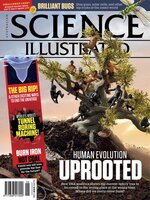 Issue 106
Issue 106
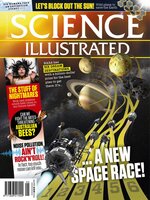 Issue 105
Issue 105
 Issue 104
Issue 104
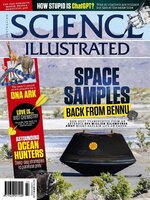 Issue 103
Issue 103
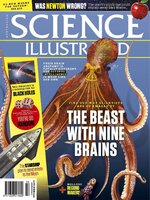 Issue 102
Issue 102
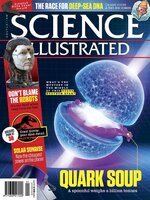 Issue 101
Issue 101
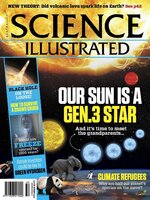 Issue 100
Issue 100
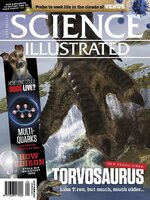 Issue 99
Issue 99
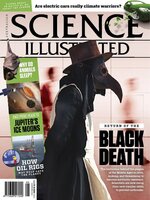 Issue 98
Issue 98
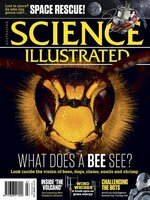 Issue 97
Issue 97
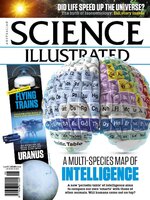 Issue 96
Issue 96
 Issue 95
Issue 95
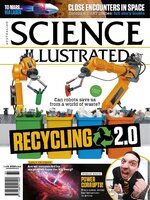 Issue 94
Issue 94
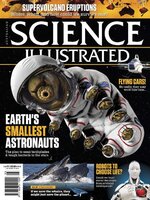 Issue 93
Issue 93
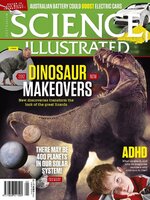 Issue 92
Issue 92
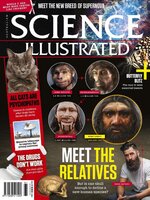 Issue 91
Issue 91
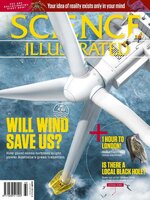 Issue 90
Issue 90
 Issue 89
Issue 89
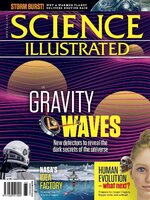 Issue 88
Issue 88
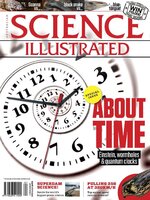 Issue 87
Issue 87
 Issue 86
Issue 86
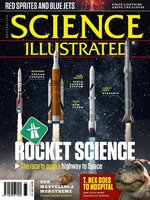 Issue 85
Issue 85
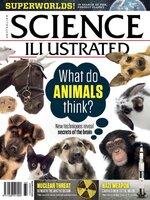 Issue 84
Issue 84
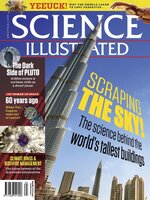 Issue 83
Issue 83
